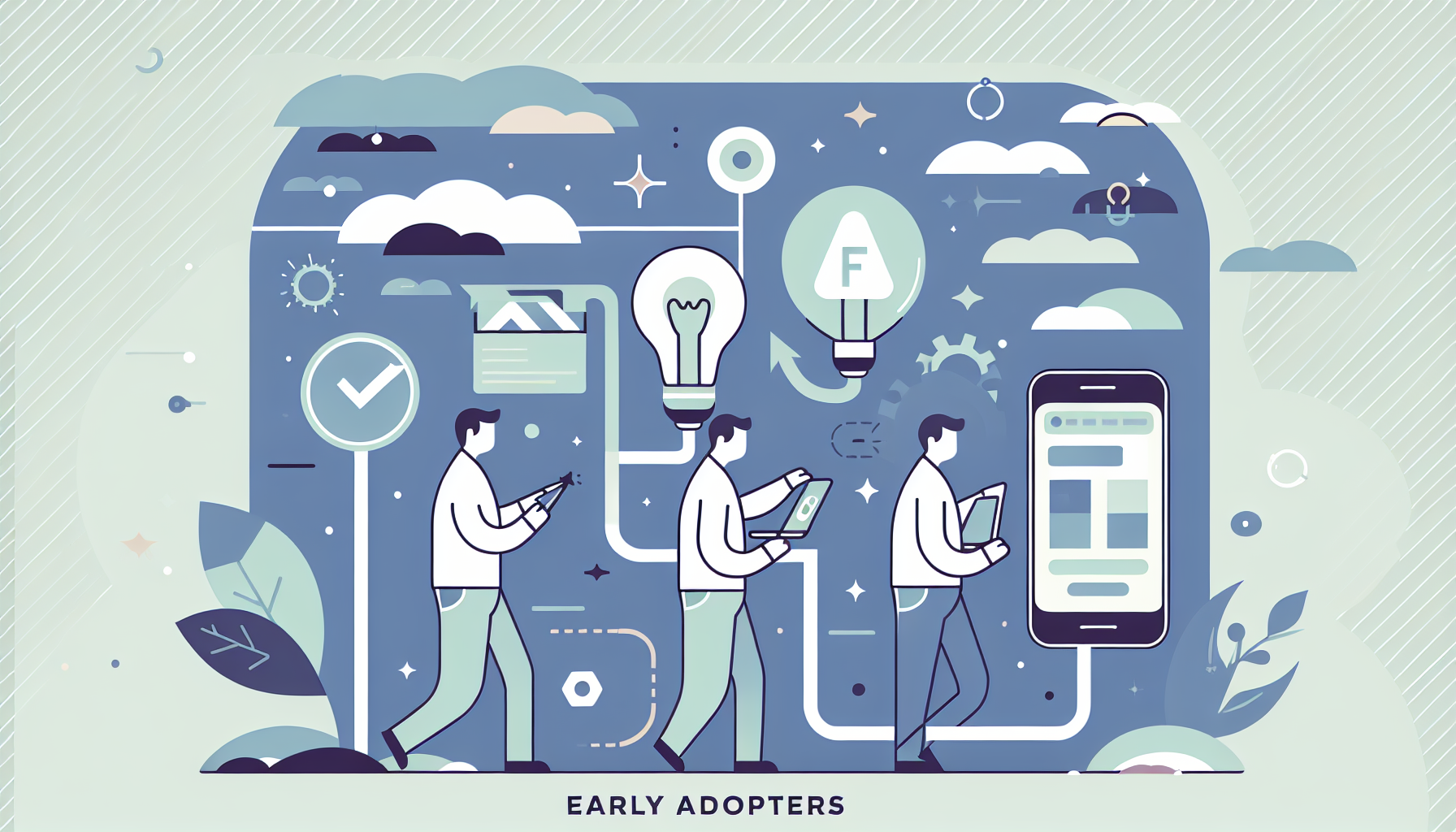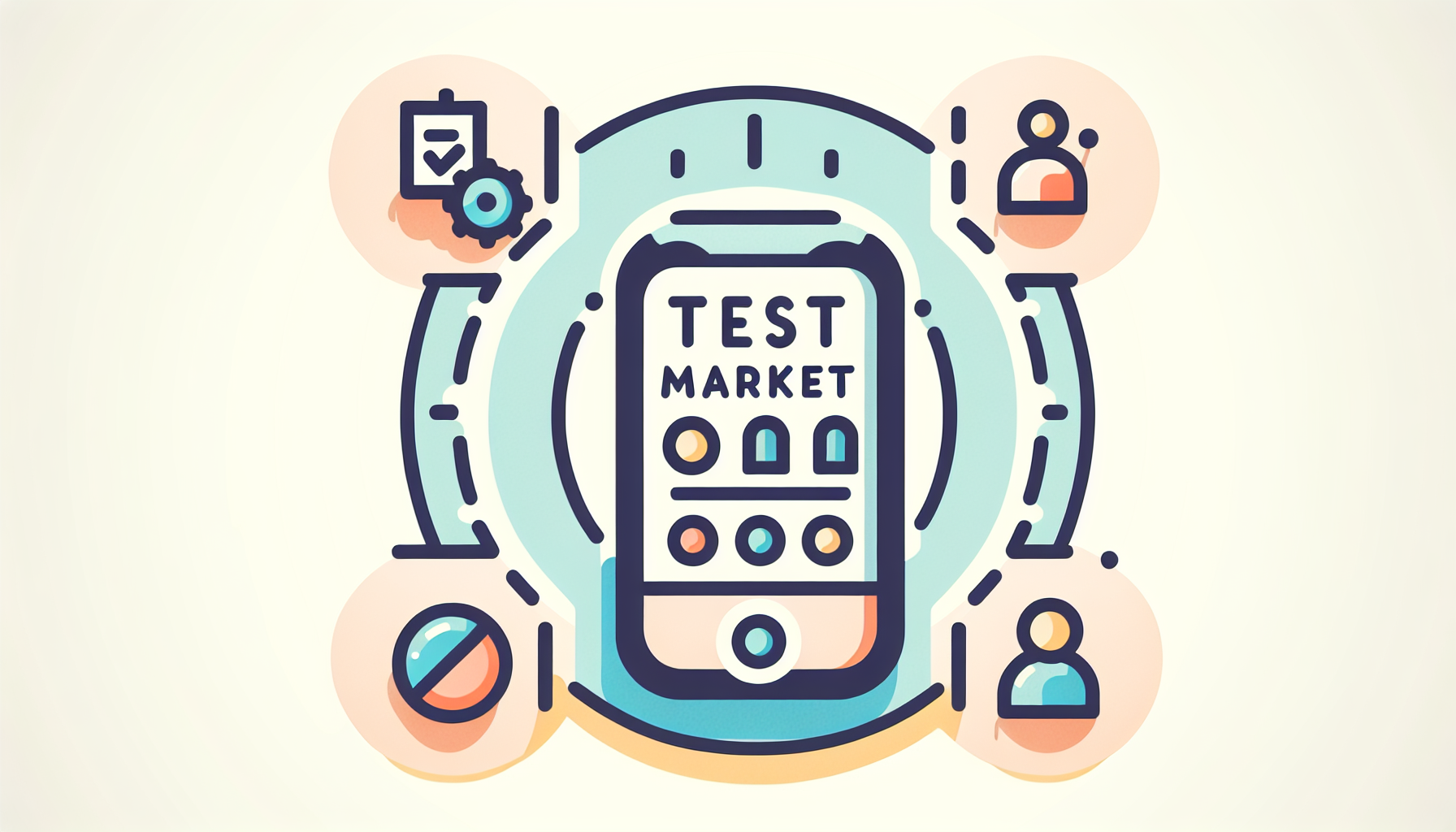Launching a new product or service can be both exhilarating and nerve-wracking. Every entrepreneur dreams of their launch day being met with fanfare and success. However, achieving this requires more than just hope; it involves strategic planning and insightful use of early feedback. In this article, we'll explore how you can harness the power of initial user feedback to ensure your launch day is a resounding success.
Understanding the Value of Early Feedback
Feedback is the cornerstone of improvement. For startups and new products, early feedback is invaluable because it provides real insights from actual users. This feedback can highlight what's working, what's not, and what could be improved. Turning this early feedback into actionable insights can set the stage for a successful launch.
Gathering Quality Feedback
Effective feedback collection starts with reaching out to the right audience and asking the right questions. Here’s how you can start:
- Identify Your Early Users: These might be beta testers, early adopters, or a focus group selected to represent your target audience.
- Choose the Right Tools: Use tools that allow you to gather feedback efficiently. Online survey platforms, direct emails, social media polls, and feedback forms embedded within your product are great ways to collect insights. A platform like Startt can be particularly useful in managing these interactions smoothly.
- Ask Specific Questions: Instead of vague questions like "What do you think?", ask targeted questions that elicit useful responses. For instance, "What feature did you find most useful?" or "Did you encounter any issues while using the product?"
Analyzing Feedback for Actionable Insights
Once you've collected the feedback, the next step is analysis. This involves sorting through the data to identify common themes, frequent suggestions, and persistent issues. Here’s how you can effectively analyze the feedback:
- Categorize the Feedback: Group the feedback into categories such as usability, features, customer service, etc. This helps in addressing specific areas of your product or service.
- Identify Patterns: Look for patterns or frequently mentioned points that could indicate major issues or popular features.
- Prioritize: Decide which feedback points are most critical and should be addressed before the launch.
Implementing Changes
Post-analysis, the crucial phase of implementation begins. Not all feedback will be actionable or even practical, but prioritizing key changes can significantly enhance your product. Here are some tips for implementing changes:
- Focus on Major Impact Changes: Prioritize changes that will have the most significant impact on user experience and satisfaction.
- Test Changes: Before full-scale implementation, test changes with a small group to ensure they achieve the intended effect.
- Keep Stakeholders Informed: Regularly update stakeholders about the changes being implemented and the reasons behind them. Transparency builds trust and alignment.
Communicating Changes to Early Adopters
How you communicate changes to your users can affect their reception and their continued support. Be transparent about what you’ve changed and why. Acknowledge the contribution of user feedback to these improvements. This not only enhances user loyalty but also encourages more feedback in the future.
Preparing for Launch Day
With all the tweaks made and tested, preparing for the launch day involves final checks and strategic planning:
- Final Testing: Ensure all changes are fully integrated and functioning as expected. Conduct thorough testing to catch any last-minute issues.
- Marketing Preparation: Prepare your marketing materials and campaigns well in advance. Highlight the improvements made from user feedback to show potential customers that your company values user input.
- Launch Strategy: Have a clear plan for the launch day. This includes everything from technical support to customer service readiness, to social media activity.
Leveraging Feedback Post-Launch
The end of launch day is not the end of using feedback. Continuous improvement based on user feedback post-launch can help sustain growth and improve user retention. Tools like Startt offer excellent ways to keep this feedback loop going, ensuring that your product continually evolves based on user needs and experiences.
Conclusion
Turning early feedback into launch day success is not just about listening but also about effectively responding and adapting. By engaging with your users early, valuing their input, and making informed changes, you can significantly enhance your product’s market entry. Remember, a successful launch is just the beginning. Continuous engagement and adaptation are what sustain long-term success in today’s dynamic market environments.
For more insights on user engagement and feedback management, check out Startt. Their tools are designed to help you capture, analyze, and act on user feedback efficiently, making them an ideal partner in your journey from early feedback to launch day triumph.
Ready to build your audience?
It’s completely free to create your page and takes just minutes to setup.
Create your account










